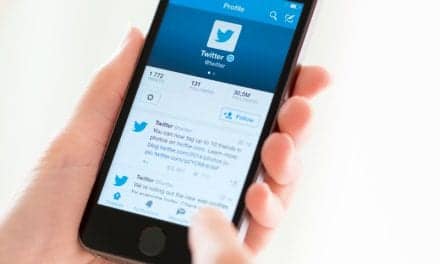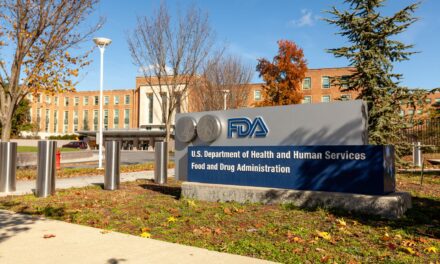A CDC study found that leaving a vacant middle seat on commercial flights cut the risk of COVID-19 exposure by 23% to 57% compared with a fully-seated aircraft.
This laboratory-based model predicts a 23% to 57% reduction in exposure to viable virus particles when middle seats on an airline are kept vacant. This range is comparable to that reported in another study that used computational fluid dynamics simulation and considered cabin ventilation rates per passenger to show that keeping middle seats vacant reduced the risk for airborne infection by 45%.
It is important to recognize that the current study addresses only exposure and not transmission. The impact of masking also was not considered in the current aerosol analysis because masks are more effective at reducing fomite and droplet exposures than aerosol exposures. A case study of COVID-19 transmission on a flight with mandated mask wearing suggests that some virus aerosol is emitted from an infectious masked passenger, such that distancing could still be useful. The findings in these studies indicate that masking seems to not eliminate all airborne exposures to infectious droplets and aerosols and support the importance of multicomponent prevention strategies as good practices; combining the effects of masking and distancing is more protective than either by itself.










